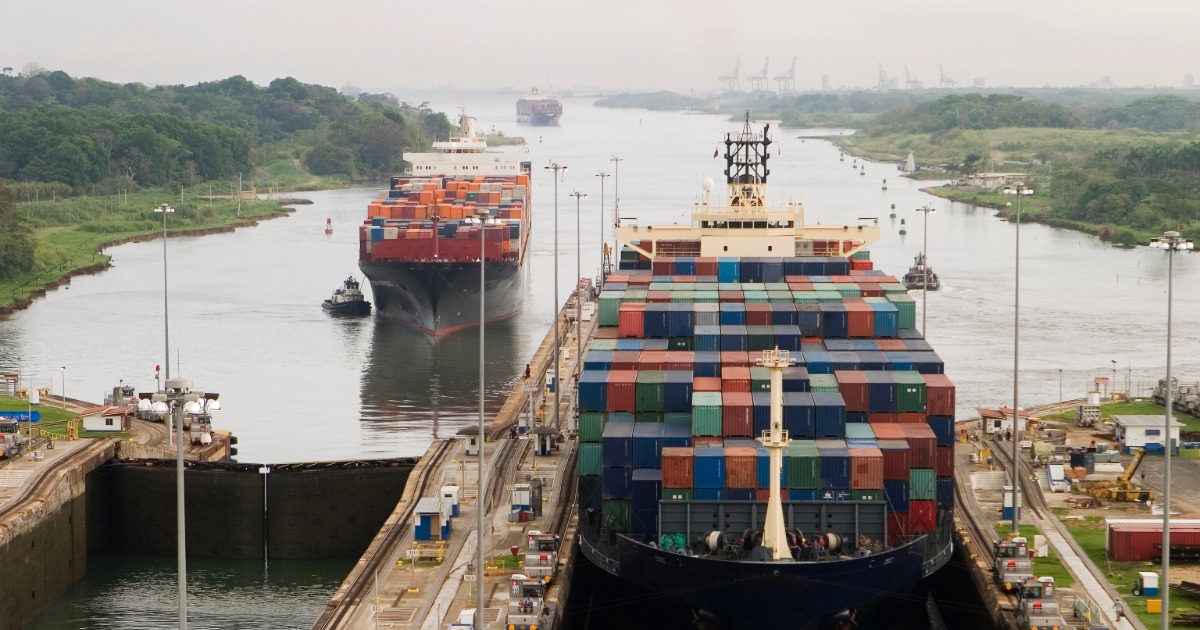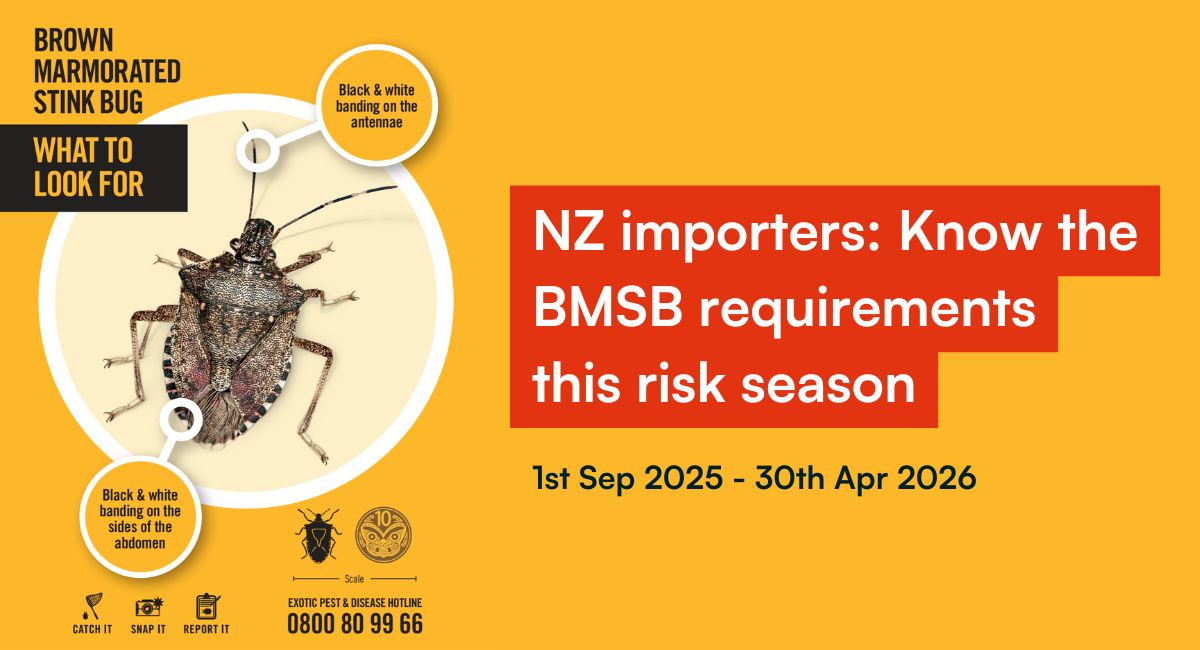Panama's Low Water and Infrastructure Constraints are Reshaping World Shipping

The global shipping landscape is undergoing a dramatic transformation, driven by a convergence of infrastructure constraints and fundamental shifts in international trade patterns. Understand this evolving environment and the strategic adjustments necessary to maintain resilient supply chains.
The Panama Canal's record-low container volumes—driven by severe low water levels and capacity restrictions—are not merely operational setbacks; they are a clear catalyst for a strategic re-routing. Major carriers are now actively migrating Asia-to-US trade to alternative corridors via the Suez Canal or the US West Coast, demanding that businesses adopt a more resilient, multi-corridor approach to logistics.
Watch a video on LinkedIn (credit: Maritimeanalytica)
The latest statistics from the Panama Canal serve as a striking illustration of this new normal, highlighting operational vulnerabilities and the subsequent strategic pivots being made by global carriers.
Panama Canal Volumes Hit a Record Low: A Canary in the Coal Mine
The Panama Canal, a vital artery connecting the Atlantic and Pacific, is experiencing one of its most challenging periods in recent history. Severe and prolonged low water levels, largely a consequence of drought exacerbated by climate patterns, have forced the Canal Authority to impose stringent transit restrictions. The impact on container volume is stark and unprecedented:
- Total container volume fell to its lowest level since 2016.
- Total container volume is down 21% from last year.
- The Neo-panamax ships—the largest vessels built for the expanded locks—carried 41.9 million tons, a drop of 22%, due to draft restrictions that force ships to carry less cargo.
- The original Panamax locks hit a record low at 7.1 million tons.
- Total volume stands at just 49 million tons, far below the peak seen during the 2022 shipping boom.
- Crucially, while the number of ships rose, the load per ship dropped by 29%, directly reflecting the necessary capacity reductions.
These figures underscore a critical reality: the Canal is demonstrably losing share in key Asia–US trade routes. Carriers are being forced to choose between the cost of lower capacity/higher tolls and the cost of rerouting entirely.
Strategic Shifts: The Great Re-Routing
The operational crisis at the Panama Canal is more than just a bottleneck—it is accelerating a long-term strategic re-evaluation of the world's primary maritime chokepoints. Carriers are now actively exploring and committing to two main alternatives, effectively reshaping the geography of Asia-to-US trade:
The Suez Canal Route (Asia to US East/Gulf Coast)
For carriers previously using the Panama Canal for the Asia-to-US East Coast run, the longer route via the Suez Canal (connecting the Red Sea to the Mediterranean) has become a more reliable alternative, despite the added sailing days. The Suez offers deeper draft and no capacity-driven transit restrictions, giving vessels certainty on schedule and load factor. This shift, however, comes with its own geopolitical risks and increased mileage, translating to higher fuel costs and longer transit times.
The U.S. West Coast + Intermodal (Asia to US East/Midwest)
The disruption is also bolstering the competitiveness of the traditional U.S. West Coast route. By routing cargo to major ports like Los Angeles/Long Beach, carriers utilise faster trans-Pacific voyages and then rely on robust intermodal rail networks to transport containers across the continent to the Midwest and East Coast. This 'Land Bridge' strategy offers a blend of speed and reliability, bypassing both the Panama and Suez risks, and is seeing renewed investment and attention from supply chain planners.
Building a Resilient Supply Chain
For businesses, the key takeaway is that reliance on a single, primary trade route now carries an elevated and unpredictable risk, whether from environmental/infrastructure failures (Panama) or geopolitical volatility (Suez).
Gateway Cargo advises our clients to embrace a "multi-corridor" strategy. This involves:
- Diversification: Proactively balancing cargo volumes between the Panama, Suez, and US West Coast/Intermodal options.
- Capacity Management: Factoring in longer lead times and higher costs associated with both rerouting and reduced load factors on restricted routes.
- Data-Driven Decisions: Utilising real-time visibility tools to monitor port congestion and canal transit schedules to make dynamic, informed routing choices.
The era of seamless, hyper-efficient global shipping is being tempered by physical and geopolitical constraints. By recognising and adapting to the new reality where infrastructure vulnerabilities directly drive strategic shifts, we can work together to ensure your supply chain remains robust and reliable in a fragmented world.
Contact Gateway Cargo today to discuss how a diversified, multi-corridor strategy can insulate your business from future chokepoint disruptions.











%20copy.webp)


















.jpg)













